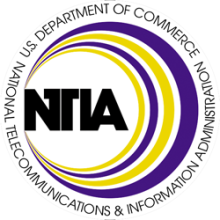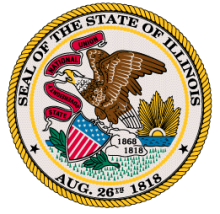Schrier Stays in Seattle, Fiber Network to Follow?
After campaigning on building a publicly owned fiber-to-the-home network in Seattle, Mayor McGinn has decided to maintain leadership at the Department of Information Technology. Department head Bill Schrier will stay on, continuing his work that lays the groundwork for a community-owned network.
He said he expects the city to apply for federal stimulus money in the first part of the year to move toward that goal. In addition to improving broadband access in homes, the initiative could help Seattle City Light implement smart-grid infrastructure, and improve public safety communications.Another article further notes their shared ambition:
"Mayor-elect McGinn ran on a platform of bringing fiber to every home and business in Seattle, something I've advocated for several years," Schrier commented.No post discussing broadband in Seattle is complete without a reference to Glenn Fleishman - who both wrote another story discussing the situation and then patiently responds to many comments in the thread below it. Discussing Tacoma's publicly owned Click! network, he notes that Tacoma's investment benefited everyone:
Click being built actually helped what has become Qwest and Comcast: by creating a market and making it feasible for professionals who need high-speed Internet access in Tacoma to live there, Click spurred the two incumbents to improve their networks, compete, and gain new revenue. Comcast actually thanked Tacoma Power publicly years ago; not sure it would today, but it was seen as a big boost for the viability of competitive broadband.Photo used under creative commons license from flickr.




